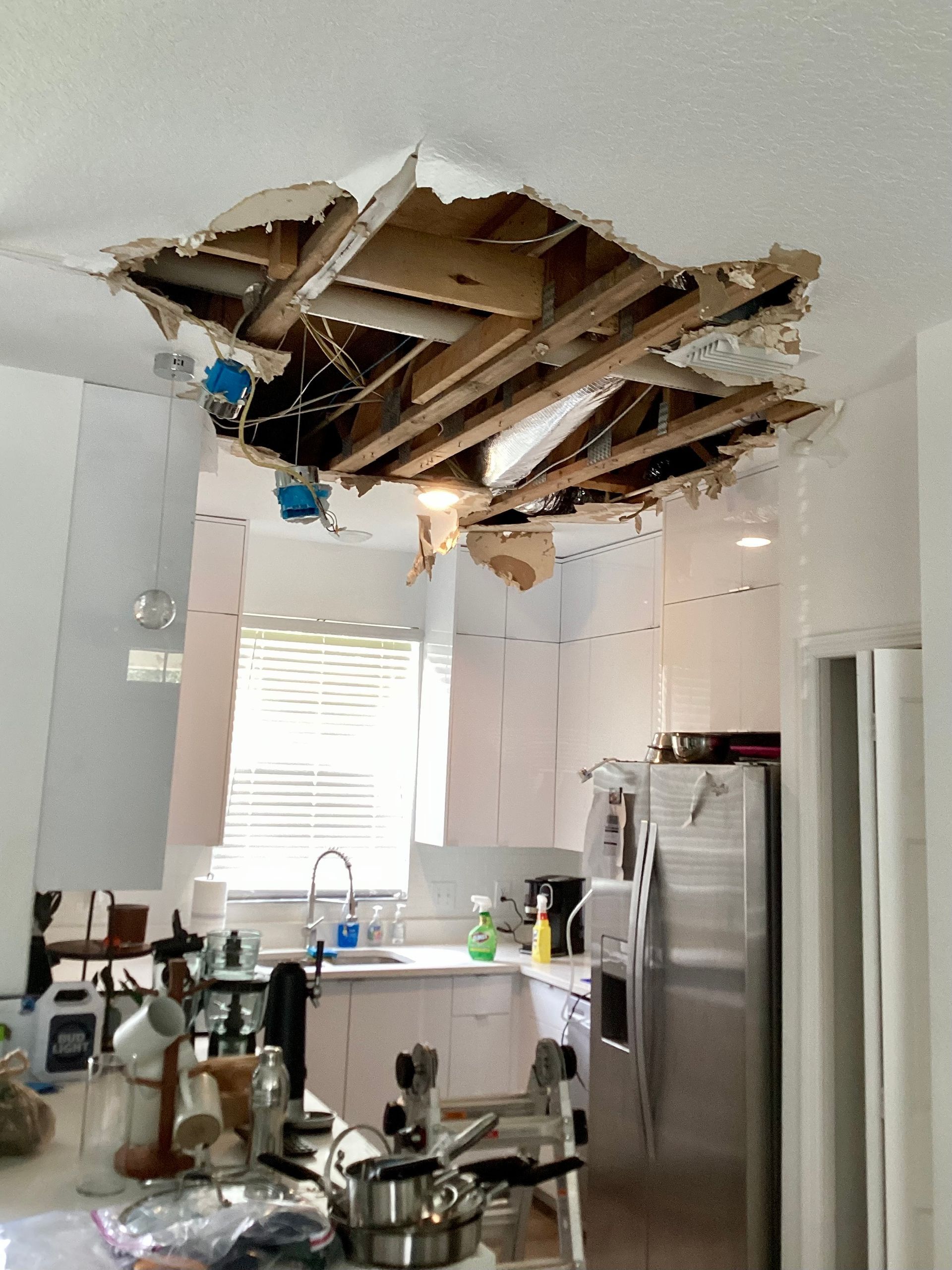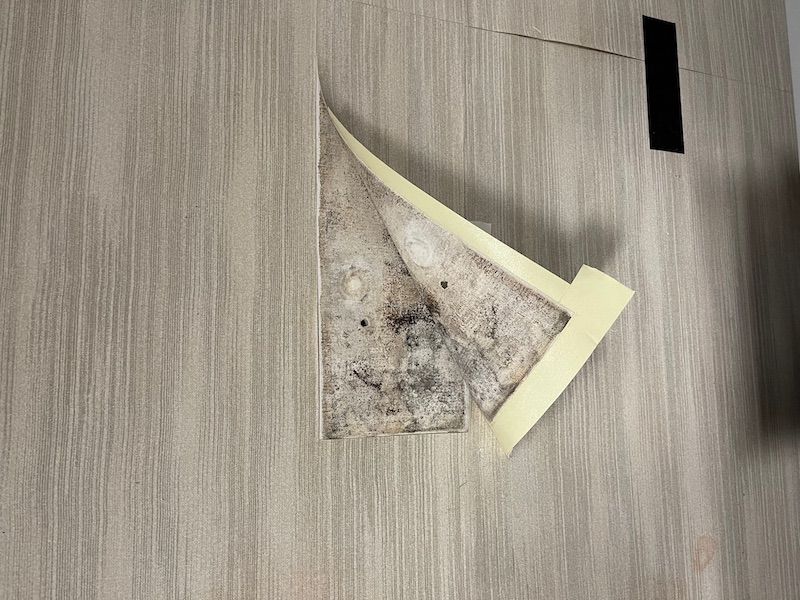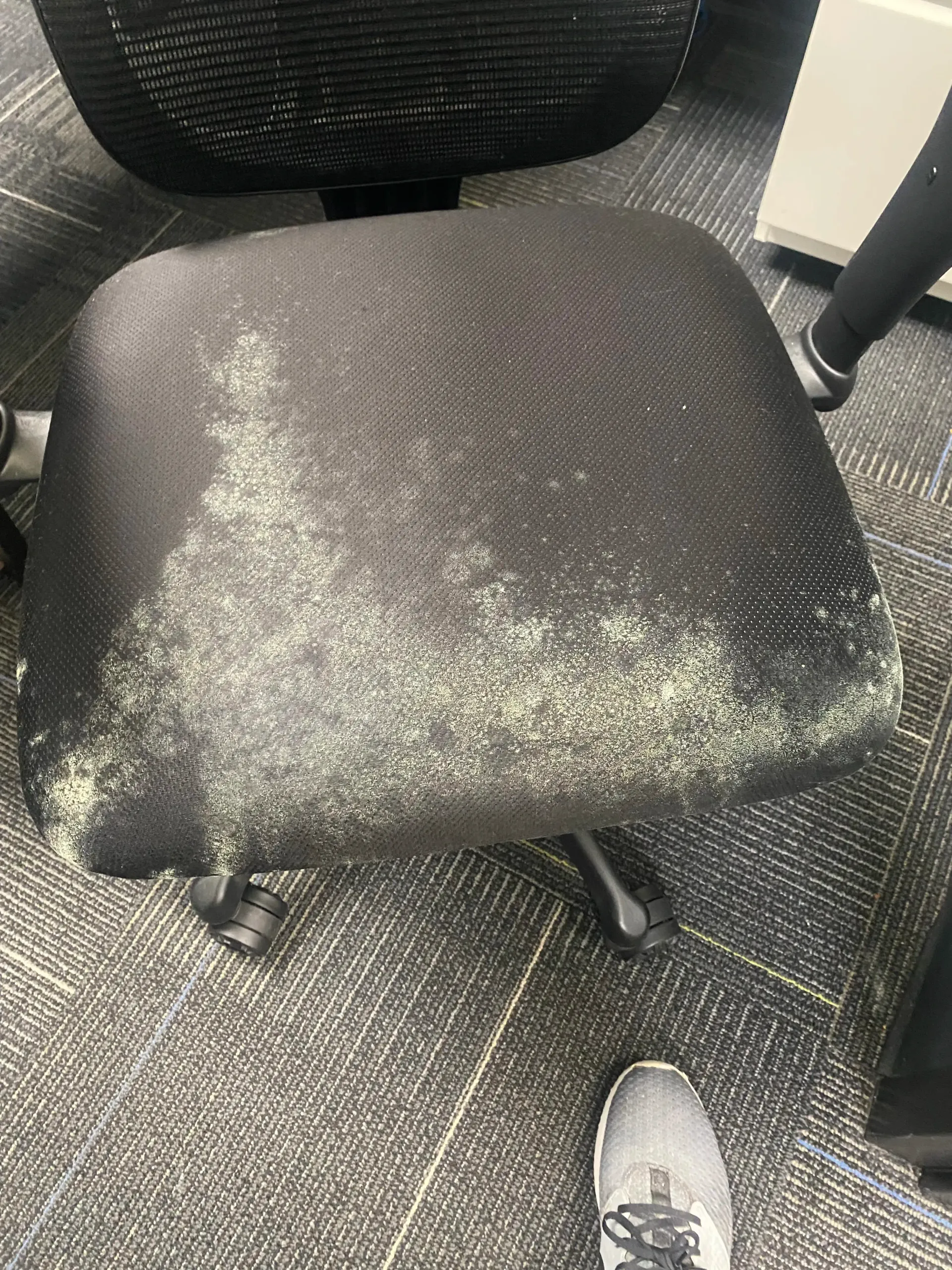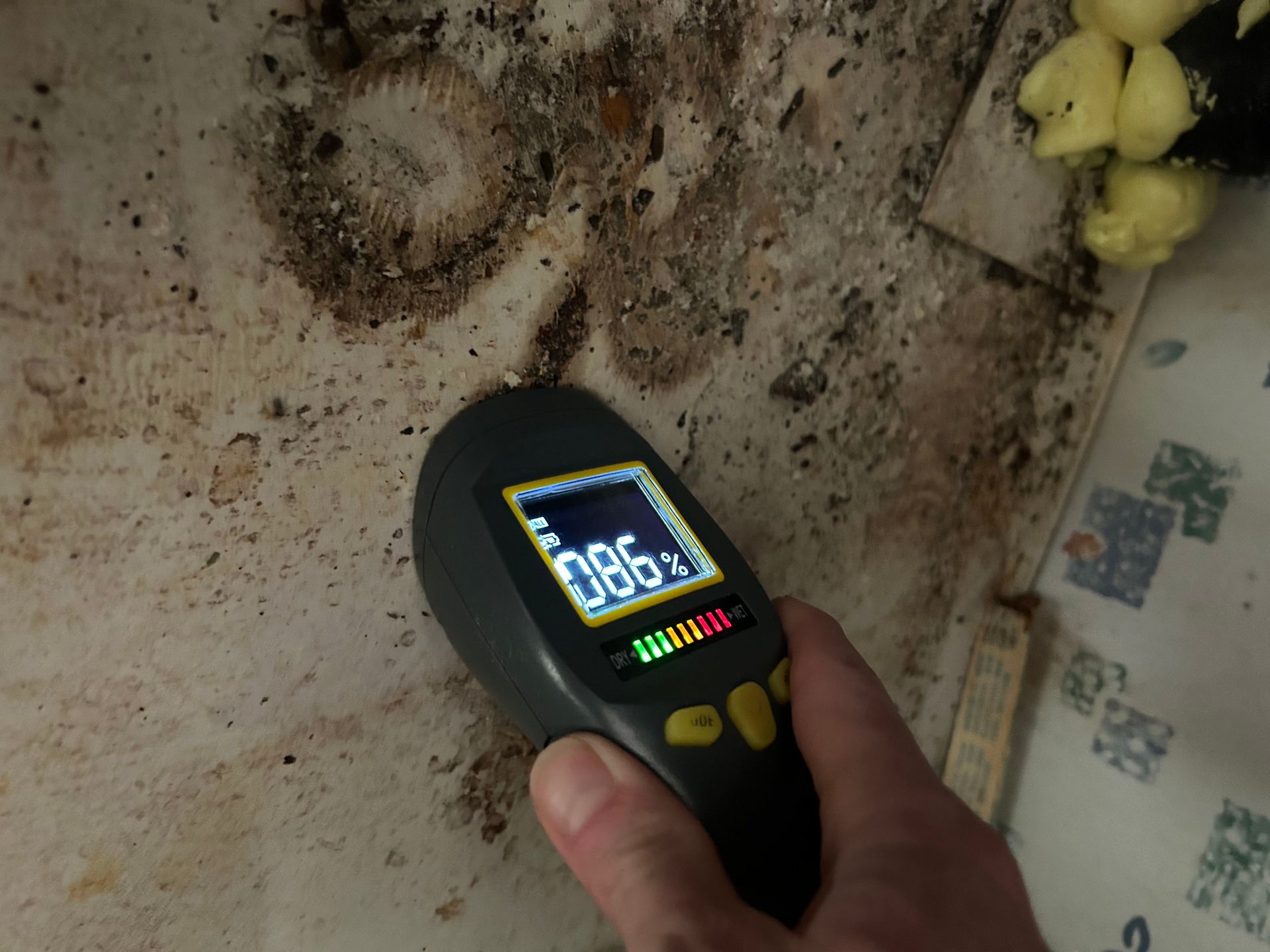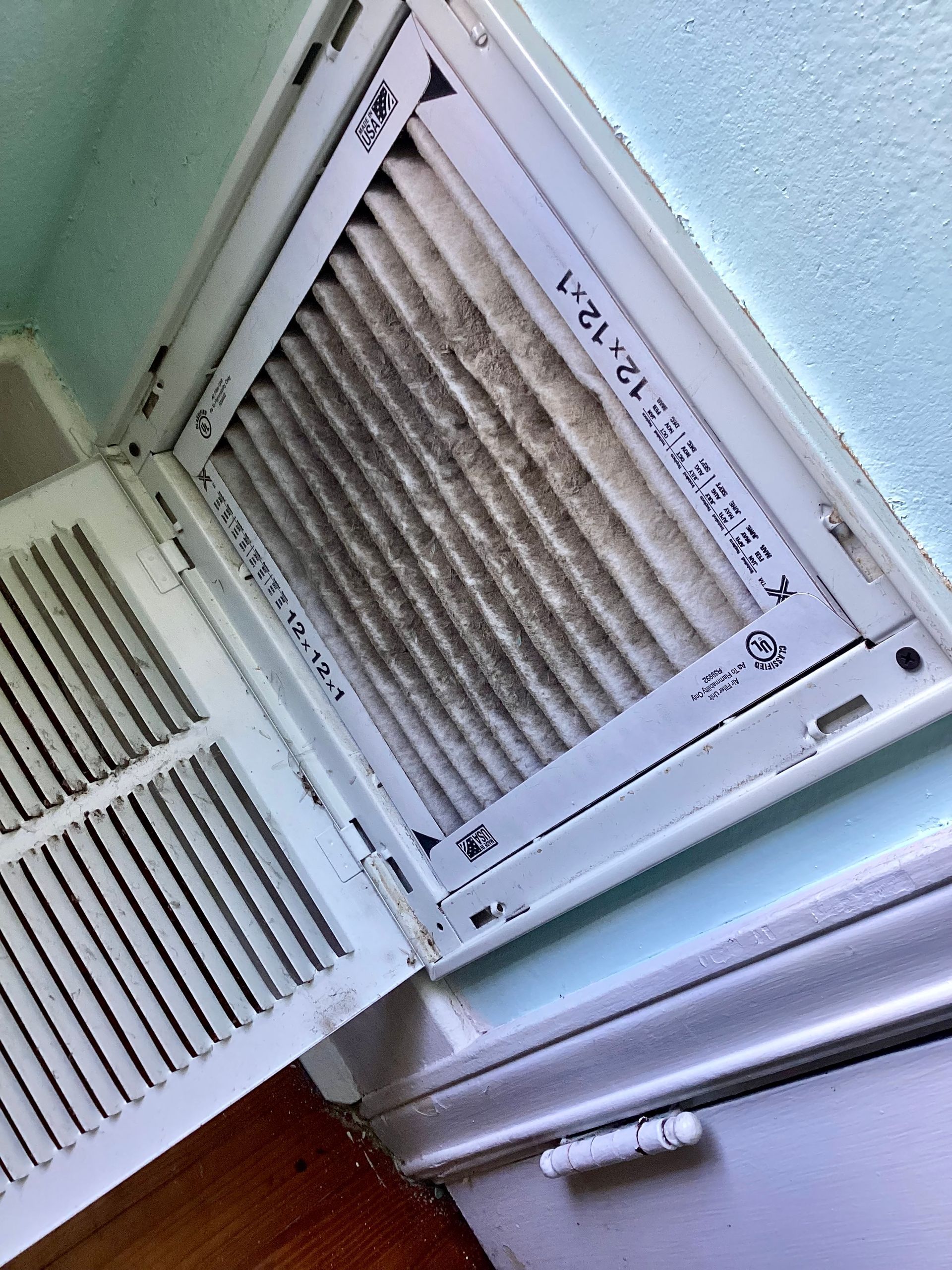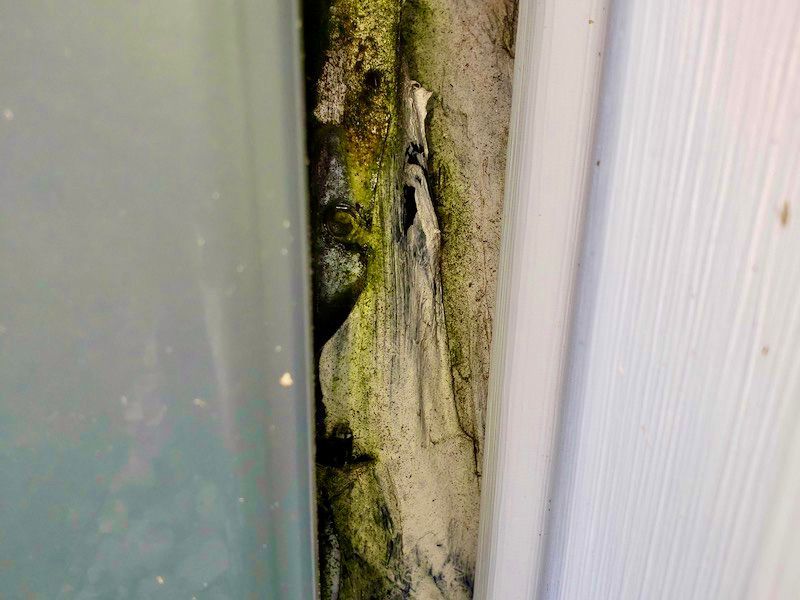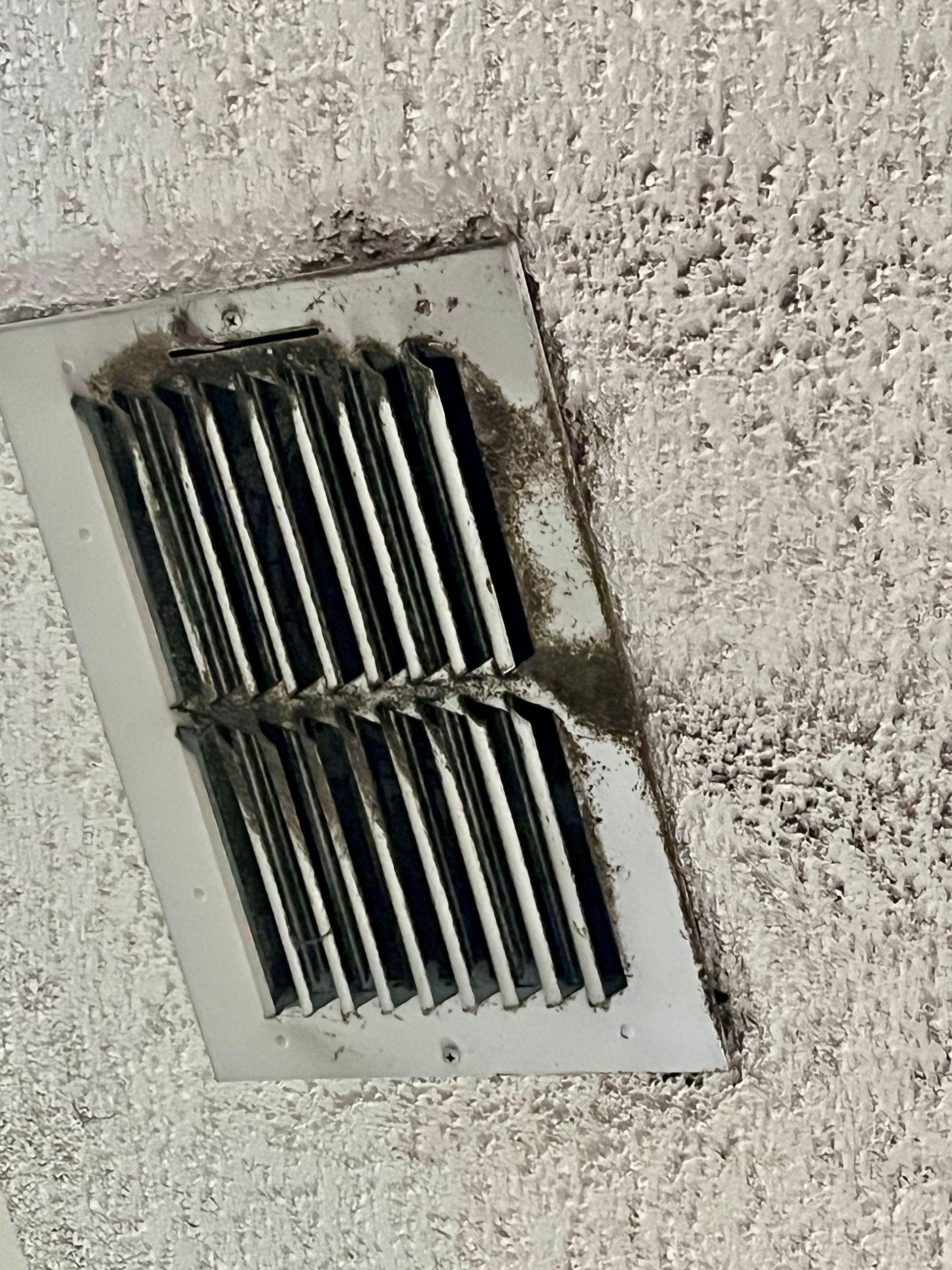How Do I Identify Black Mold?

"How do I identify black mold?" We get this question a lot!
In 1994 there was a major health scare in Cleveland. Within about 48 hours, 4 infants were brought to a local hospital with a relatively rare condition at the time: their lungs were bleeding internally. This activity was reported to the CDC, as normally only 1 in 1 million infants suffer from this sort of sickness. They thought there was some kind of epidemic. (Infants' Lung Bleeding Traced to Toxic Mold, NY Times, Auth. Robyn Meredith, 01/24/1997)
After a two year case study, the realized that the majority of the cases were coming from a lower-income neighborhood where homes were constructed of wood, and prior to the outbreak there was heavy rain that resulted in flooding. A lot of the locations were poorly maintained and never treated property by the property owners.
The mold that was causing all of the problems is called Stachybotrys Chartarum. This is what we all know as black mold. It grows in high humidity or where standing water has been. It is typically what we refer to as a ‘marker’ spore, demonstrating there might have been a water intrusion issue in a property at some point. It will grow on wet cellulose materials such as drywall, wallboard, jute, biker, straw, and other paper materials.
There are over 5.1 million fungal species on the planet. That means fungi outnumbers plants 6 to 1. Scientists simply have not had time to study the extent of human reactions to each one. That is why there is not a lot of research done on humans and our interactions with mold.
There are multiple ways mold can be sampled:
- Spore Traps-This is our favorite way to collect mold samples! It collects a broad spectrum of fungal spores (both cultural and nonculturable) in a matter of minutes. Also, turn around time for processing them at the lab is very quick. We usually see result from the lab in 24-48 hours.
- Tape, Swap, Bulk or Wipe Sampling-This is an inexpensive way to determine if what you are looking at surface is mold. The big disadvantage of this type of sample is that we are testing only the mold you can see. By not doing a spore trap you will miss what mold spores you are breathing in.
- ERMI (Dust) Sampling-Some professionals believe that dust samples can give them a history of what has been in the air. They are hard to control and are very difficult to interpret.
- Do It Yourself (DIY) Mold Cultures-These may be a fun science experiment for you to do, but they are not going to provide you with any valid results. Just drain money out of your pocket. We live in Florida, and there is mold everywhere. The only thing this will tell you is that mold is present, because stuff will start growing in a petri-dish. You will not know what type of mold or how many spores are present.
The extent of mold on the overall health in adults is simply a very large unknown. There’s just no reason to take that kind of risk with one's health.
We recommend that you contact us if you have any suspicions that you may have mold in your home. By us asking a couple quick questions, we can determine a lot of details and give you a quote for a Mold Inspection. I know some homeowners want to try and take care of their mold problem themselves and save a couple pennies, but we have seen way too many times that it fails and we still end up treating. All the while the homeowner is living in a contaminated space and they continue to grow sicker every day.
Call us at one of our offices (Central Florida:
813-606-6668, South Florida:
239-961-9995, North Florida:
904-397-4030. Alternatively, you can fill out our convenient online
contact form and one of our experts will be in touch with you shortly.


